Get rid of those long lists of fields!
If you have been using DB2 Web Query for report and graph development, you may have discovered that the database field list in the development tools (Report Assistant, Graph Assistant, and Power Painter) can be quite lengthy when you have one or both of the following:
- A synonym based on a file with many fields
- Multiple joins defined in the synonym or development tool
When the list of fields is long, it can be somewhat challenging to find the appropriate fields to add to your report, particularly if you have duplicate field names across the various joined files. In this TechTip, I will give you a couple of options to simplify the process of finding and selecting the appropriate database fields and help make your development experience a more enjoyable one.
The Tree Format
By default, when you create a new DB2 Web Query report or graph, the database fields of the selected synonym are displayed in a list format and sorted alphabetically by field name. An example of this is shown in Figure 1.
Figure 1: This file has a lot of fields!
This presentation style works fine for smaller lists of fields, but it can be difficult to navigate if you have many fields or duplicate field names. If your list of fields is made up of multiple join segments, the tree format may be a better presentation style. This type of format will group the fields under their segments and allow the report developer to expand and collapse each segment. To switch to this format, click on the tree icon as show in Figure 2.
Figure 2: Select the tree format.
When the tree icon is clicked, the fields are grouped and organized in a tree-like structure, as shown in Figure 3.
Figure 3: The tree format groups and organizes the fields.
With this interface, the fields are grouped and sorted under the segment that they belong to. Each individual segment can be expanded to display all of its fields or collapsed to hide the field list. This provides a more organized interface that is easier to navigate (provided the report developer knows which segments the particular fields belong to).
When the report is saved, the tree format setting is also saved so that the next time the report is opened, the fields are presented in the tree format.
Business Views
Despite its usefulness, if you have hundreds or perhaps thousands of fields, even the tree format can be cumbersome to navigate. In addition, many report developers may not have an intimate understanding of the database design and may struggle to select the correct database fields needed to satisfy reporting requirements. Further, it may be the case that the majority of the database fields in the synonym are rarely (if ever) referenced in actual reports. Wouldn't it be nice to provide report developers with just a subset of the fields, the important ones that are most often used for reporting purposes? There is a way to do this, but you will need the DB2 Web Query Developer Workbench tool.
A lesser-known component of Developer Workbench is the Business View editor. A business view (not to be confused with an SQL view) is a type of DB2 Web Query synonym that is based on an existing synonym and provides an even higher level of abstraction than the synonym it references. With business views, you can hide the database complexity by presenting information in business terms and groupings based on user preferences. For example, in a business view, you can include only commonly used database fields, change the field names that appear in the development tools, and organize logically related fields into folders. All of this provides report developers with an easy way of viewing and selecting the fields needed to deliver the required reports.
To create a business view, open the synonym in the Synonym Editor of the DB2 Web Query Developer Workbench tool. Right-click on the main segment and select Create Business View, as shown in Figure 4.
Figure 4: Create a business view.
The Business View editor is displayed. The list of fields in the synonyms is shown on the right. From this interface, you can select any of the synonym fields across the various segments and drag them over to the list of fields to include in the Business View. An example is shown in Figure 5.
Figure 5: Now, use the Business View Editor.
If you want, you can rename the Business View folder to something more meaningful. Simply select the folder, right-click, select Rename from the window, and type the new folder name. An example is shown in Figure 6.
Figure 6: Rename the folder if you'd like.
In our example, the field named STUDENT_GRADE may have multiple meanings to the report developer. It could represent the year in the school system that the student is currently in (kindergarten through 12th grade), or it could represent the letter grade score that a student received in a particular class. You can remove this ambiguity by providing a more descriptive field name. Simply select the field and type the new field name into the bottom pane of the editor, as shown in Figure 7.
Figure 7: You can also rename the field name.
Once the business view has been saved, it will appear on each of the development tool's list of synonyms to select from. A report based on a business view synonym will display only the fields in the business view. If you have modified the field name, the new name specified in the business view is displayed in the list of fields. An example is shown in Figure 8.
Figure 8: Here's the Report Assistant with a business view synonym.
This type of interface makes the report developer more productive. Only the relevant fields are displayed, and more descriptive field names are provided. This enables the developer to quickly select fields and then create the reports that the users are demanding.
You can also set up multiple folders in your business view. This will allow you to display multiple logical groups of fields within the development tools. The report developer would simply specify the tree format to organize the fields so that they are displayed under their respective folders.
Note: Even if you delete the underlying synonym on which the business view is based, the information in the business view is maintained so that nothing is lost when the synonym is eventually recreated.
Keeping It Simple
The tree format and business views are two ways to provide a simpler development interface for your DB2 Web Query report developers. If your files have many fields and/or multiple join segments, consider using these techniques in your development environment. Your report developers will thank you!
For more information on DB2 Web Query, download the IBM Redbook titled Getting Started with DB2 Web Query for System i.


















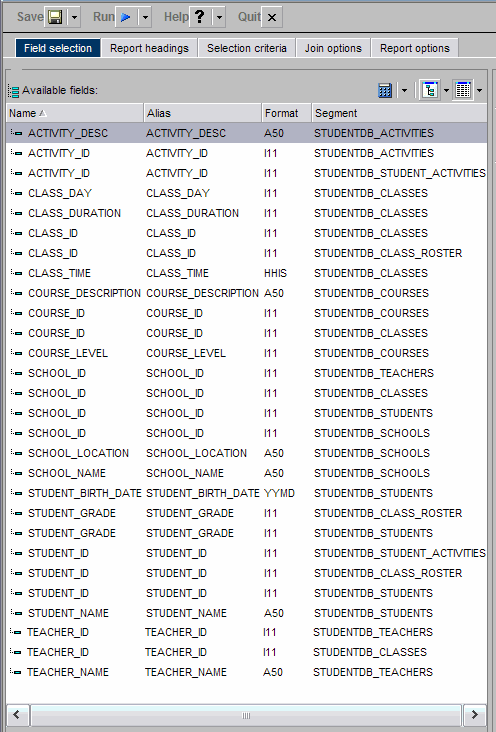
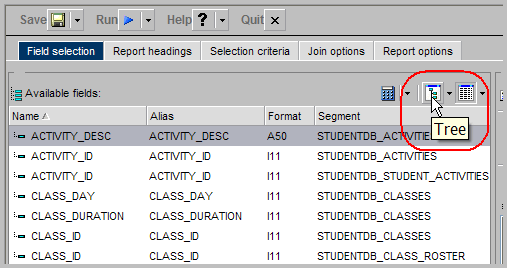
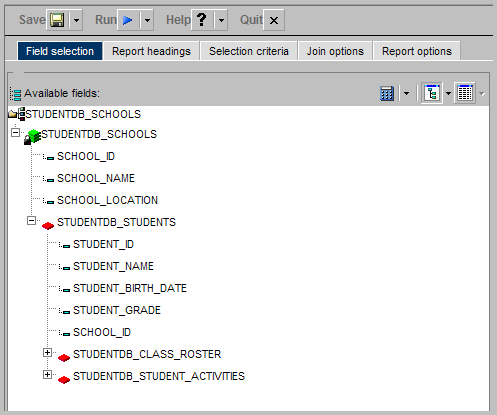
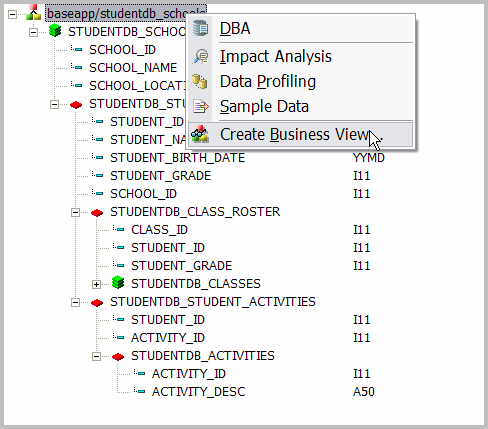
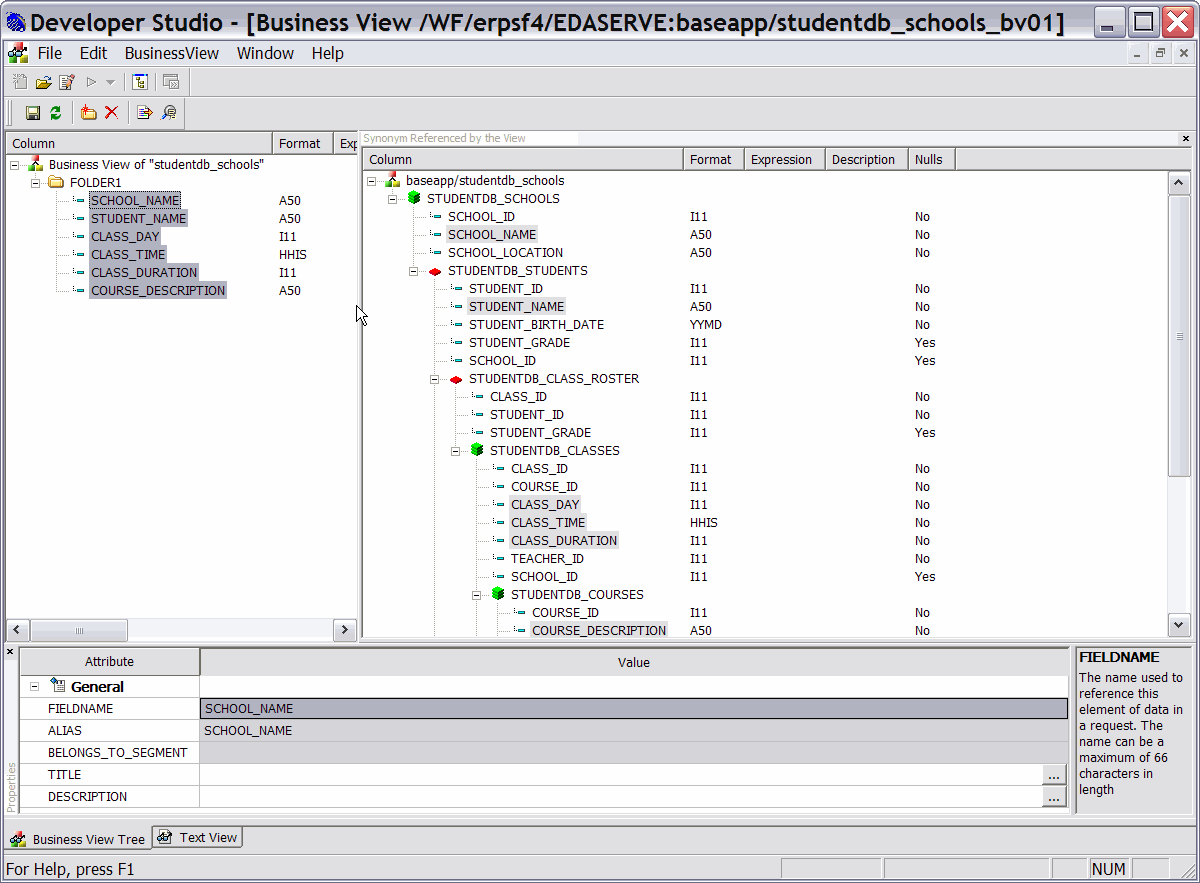
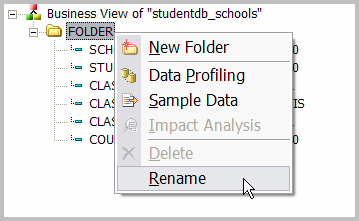
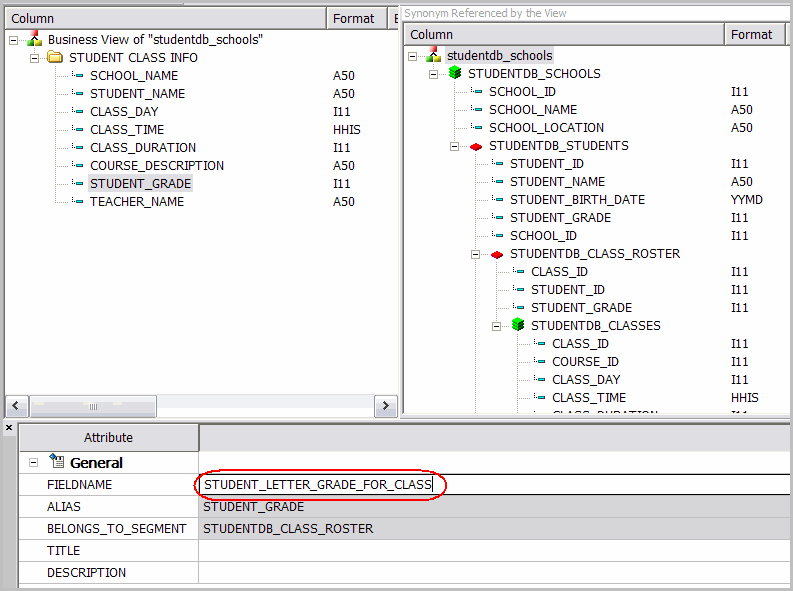
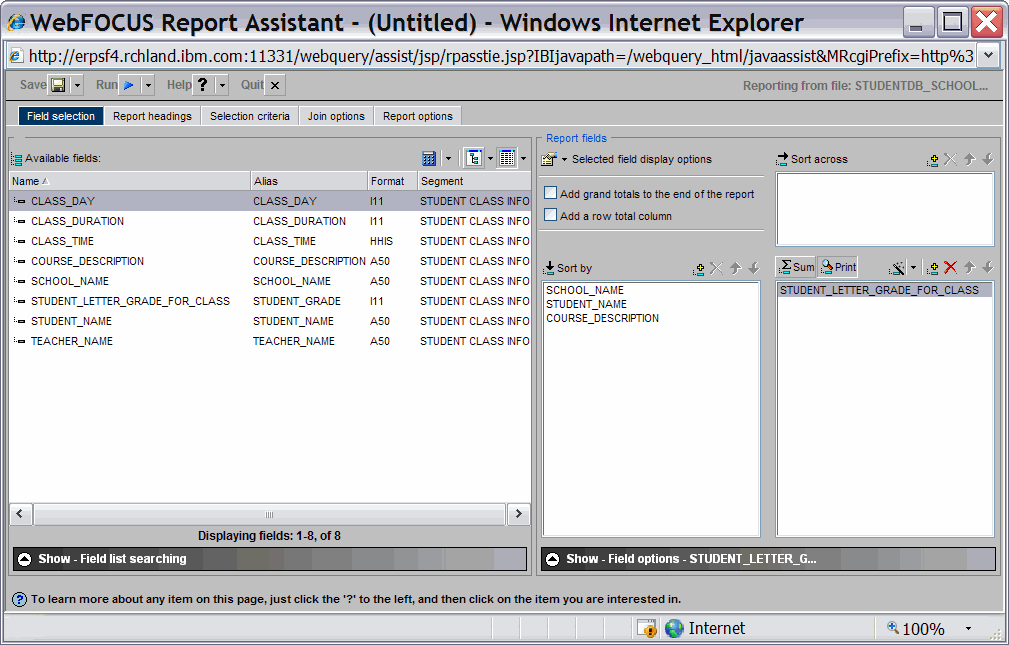



 More than ever, there is a demand for IT to deliver innovation. Your IBM i has been an essential part of your business operations for years. However, your organization may struggle to maintain the current system and implement new projects. The thousands of customers we've worked with and surveyed state that expectations regarding the digital footprint and vision of the company are not aligned with the current IT environment.
More than ever, there is a demand for IT to deliver innovation. Your IBM i has been an essential part of your business operations for years. However, your organization may struggle to maintain the current system and implement new projects. The thousands of customers we've worked with and surveyed state that expectations regarding the digital footprint and vision of the company are not aligned with the current IT environment. TRY the one package that solves all your document design and printing challenges on all your platforms. Produce bar code labels, electronic forms, ad hoc reports, and RFID tags – without programming! MarkMagic is the only document design and print solution that combines report writing, WYSIWYG label and forms design, and conditional printing in one integrated product. Make sure your data survives when catastrophe hits. Request your trial now! Request Now.
TRY the one package that solves all your document design and printing challenges on all your platforms. Produce bar code labels, electronic forms, ad hoc reports, and RFID tags – without programming! MarkMagic is the only document design and print solution that combines report writing, WYSIWYG label and forms design, and conditional printing in one integrated product. Make sure your data survives when catastrophe hits. Request your trial now! Request Now. Forms of ransomware has been around for over 30 years, and with more and more organizations suffering attacks each year, it continues to endure. What has made ransomware such a durable threat and what is the best way to combat it? In order to prevent ransomware, organizations must first understand how it works.
Forms of ransomware has been around for over 30 years, and with more and more organizations suffering attacks each year, it continues to endure. What has made ransomware such a durable threat and what is the best way to combat it? In order to prevent ransomware, organizations must first understand how it works. Disaster protection is vital to every business. Yet, it often consists of patched together procedures that are prone to error. From automatic backups to data encryption to media management, Robot automates the routine (yet often complex) tasks of iSeries backup and recovery, saving you time and money and making the process safer and more reliable. Automate your backups with the Robot Backup and Recovery Solution. Key features include:
Disaster protection is vital to every business. Yet, it often consists of patched together procedures that are prone to error. From automatic backups to data encryption to media management, Robot automates the routine (yet often complex) tasks of iSeries backup and recovery, saving you time and money and making the process safer and more reliable. Automate your backups with the Robot Backup and Recovery Solution. Key features include: Business users want new applications now. Market and regulatory pressures require faster application updates and delivery into production. Your IBM i developers may be approaching retirement, and you see no sure way to fill their positions with experienced developers. In addition, you may be caught between maintaining your existing applications and the uncertainty of moving to something new.
Business users want new applications now. Market and regulatory pressures require faster application updates and delivery into production. Your IBM i developers may be approaching retirement, and you see no sure way to fill their positions with experienced developers. In addition, you may be caught between maintaining your existing applications and the uncertainty of moving to something new. IT managers hoping to find new IBM i talent are discovering that the pool of experienced RPG programmers and operators or administrators with intimate knowledge of the operating system and the applications that run on it is small. This begs the question: How will you manage the platform that supports such a big part of your business? This guide offers strategies and software suggestions to help you plan IT staffing and resources and smooth the transition after your AS/400 talent retires. Read on to learn:
IT managers hoping to find new IBM i talent are discovering that the pool of experienced RPG programmers and operators or administrators with intimate knowledge of the operating system and the applications that run on it is small. This begs the question: How will you manage the platform that supports such a big part of your business? This guide offers strategies and software suggestions to help you plan IT staffing and resources and smooth the transition after your AS/400 talent retires. Read on to learn:
LATEST COMMENTS
MC Press Online